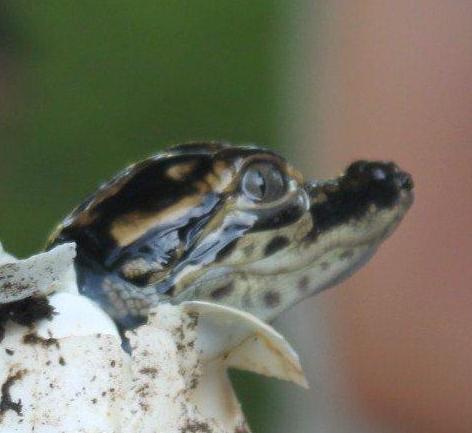|
DECIDIOUS--Grows to 125 feet tall.
LEAVES: Simple, alternate 3-6” long, 1/2” wide tip tapered, toothed along edges. Bright green both sides and turns yellow in fall.
BARK: Deeply divided into broad, flat ridges. It has plate like scales which are shaggy on old trees. The bark’s color is light brown tinged with orange to black.
FLOWERS: Catkins appear in Apr.-May just before or with the leaves. Trees have either male or female flowers.
FRUIT: May-June Seed capsules are light brown, pointed, 1/4” long, which split into two valves. Seeds are minute, green, hairy.
Grows in wet soils along streams or lakes.
The wood of willow is soft and light. It was used in manufacture of artificial limbs. A high grade of charcoal made from the willow wood was used in the manufacture of gunpowder. The bark was used by pioneers to produce a home remedy for fever. Indians chewed the bark for relief of pain. Pioneers also boiled the bark for its purgative and vermin destroying powers.
Willow trees are used to control erosion of stream banks, islands and sandbars.
The Viceroy butterfly uses the willow as a food source for its caterpillars.
An example of this tree is found by the bridge crossing Creekfield Lake. Many are along lake edges in park.
|




